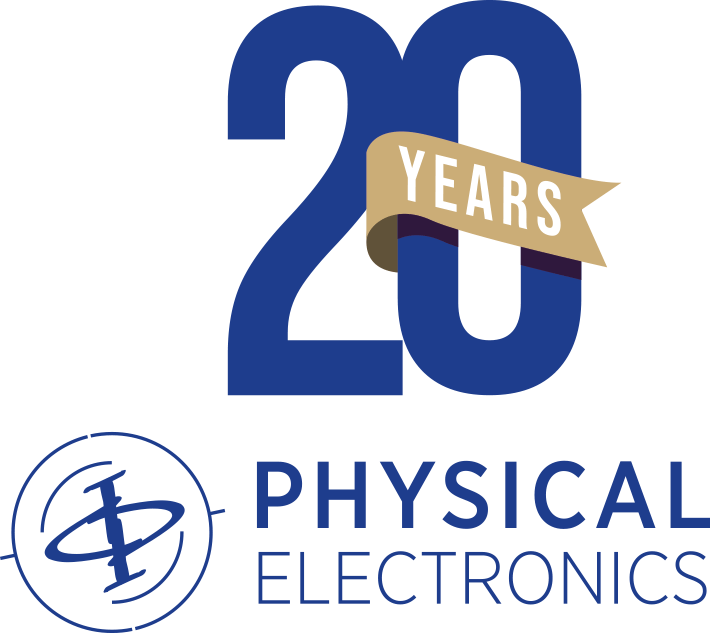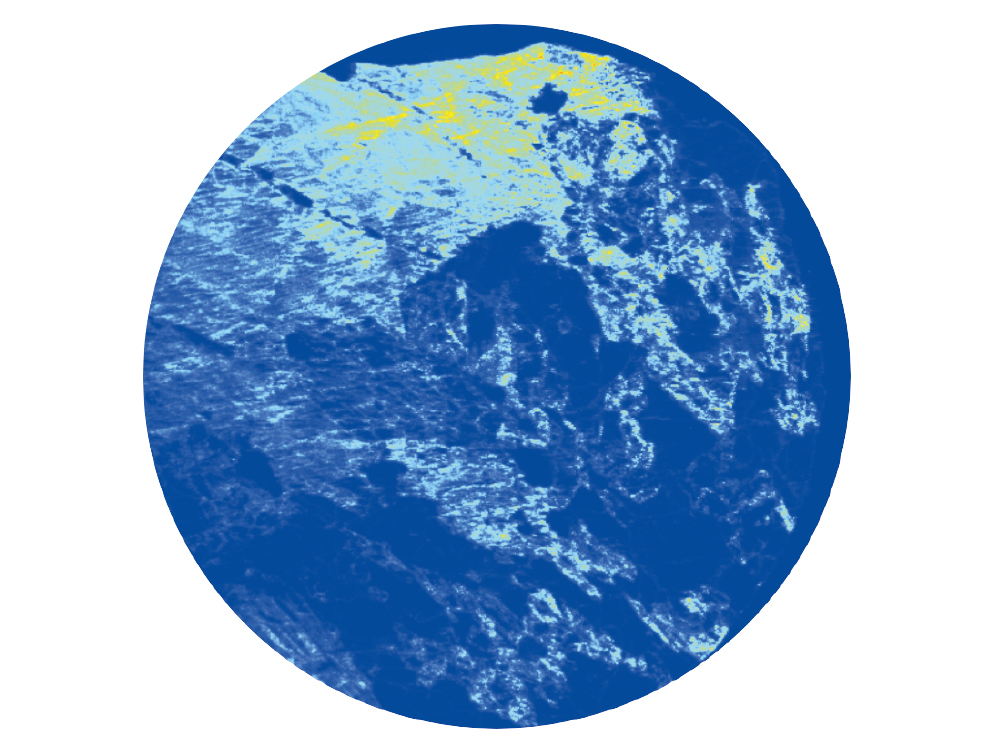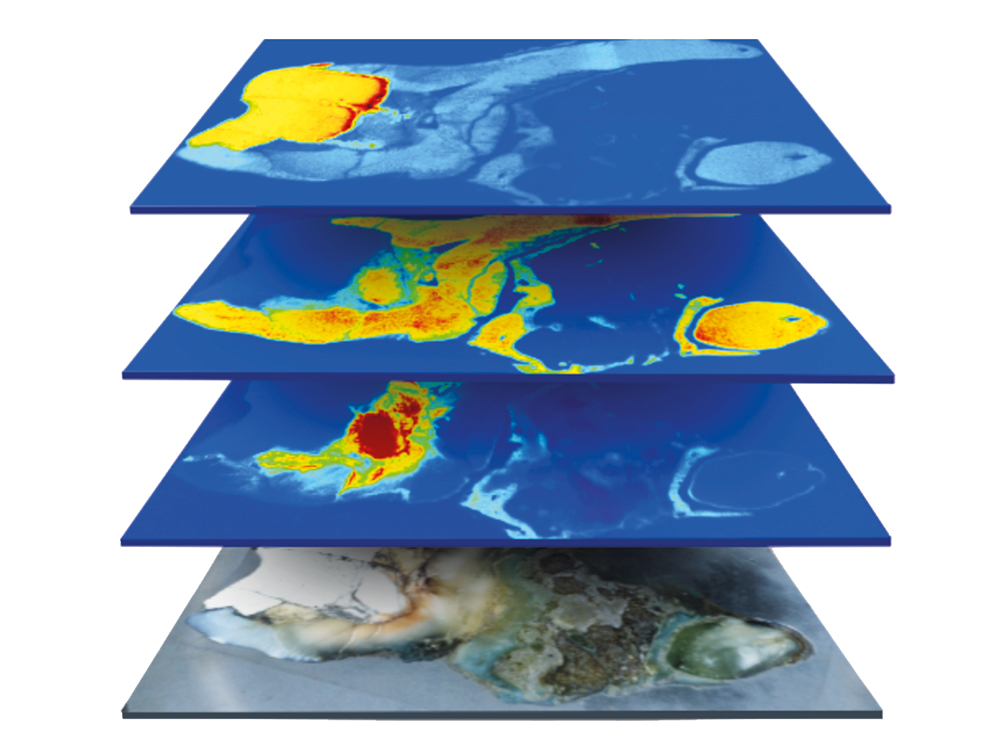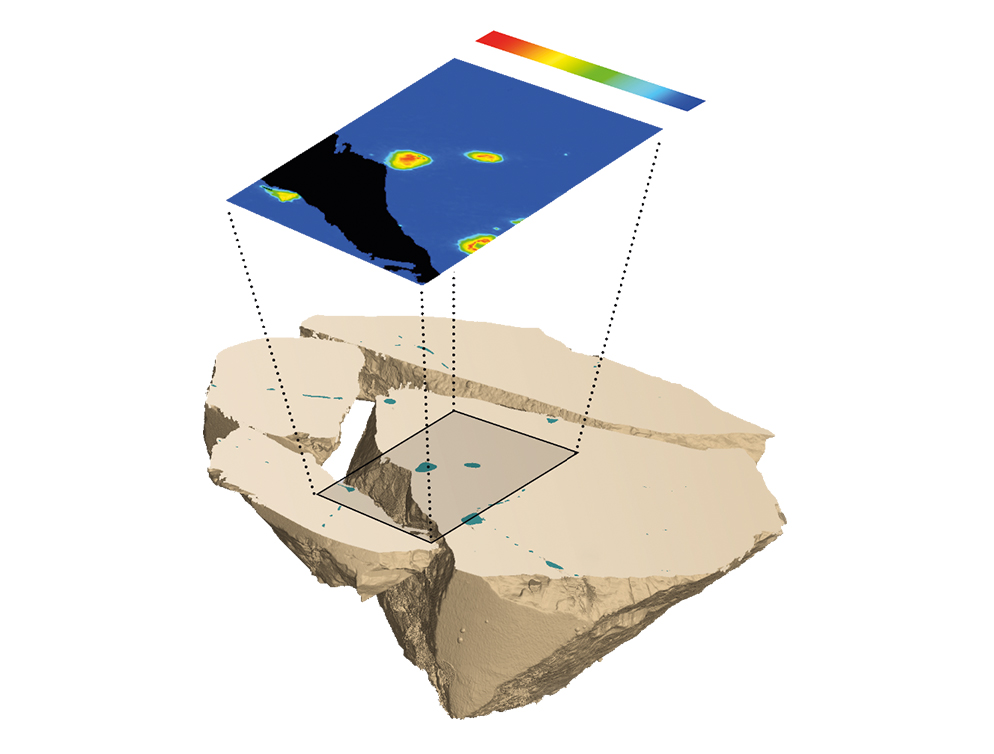ENHANCE YOUR ELEMENTARY ANALYSIS!
Rapid multi-elemental analysis and chemical imaging
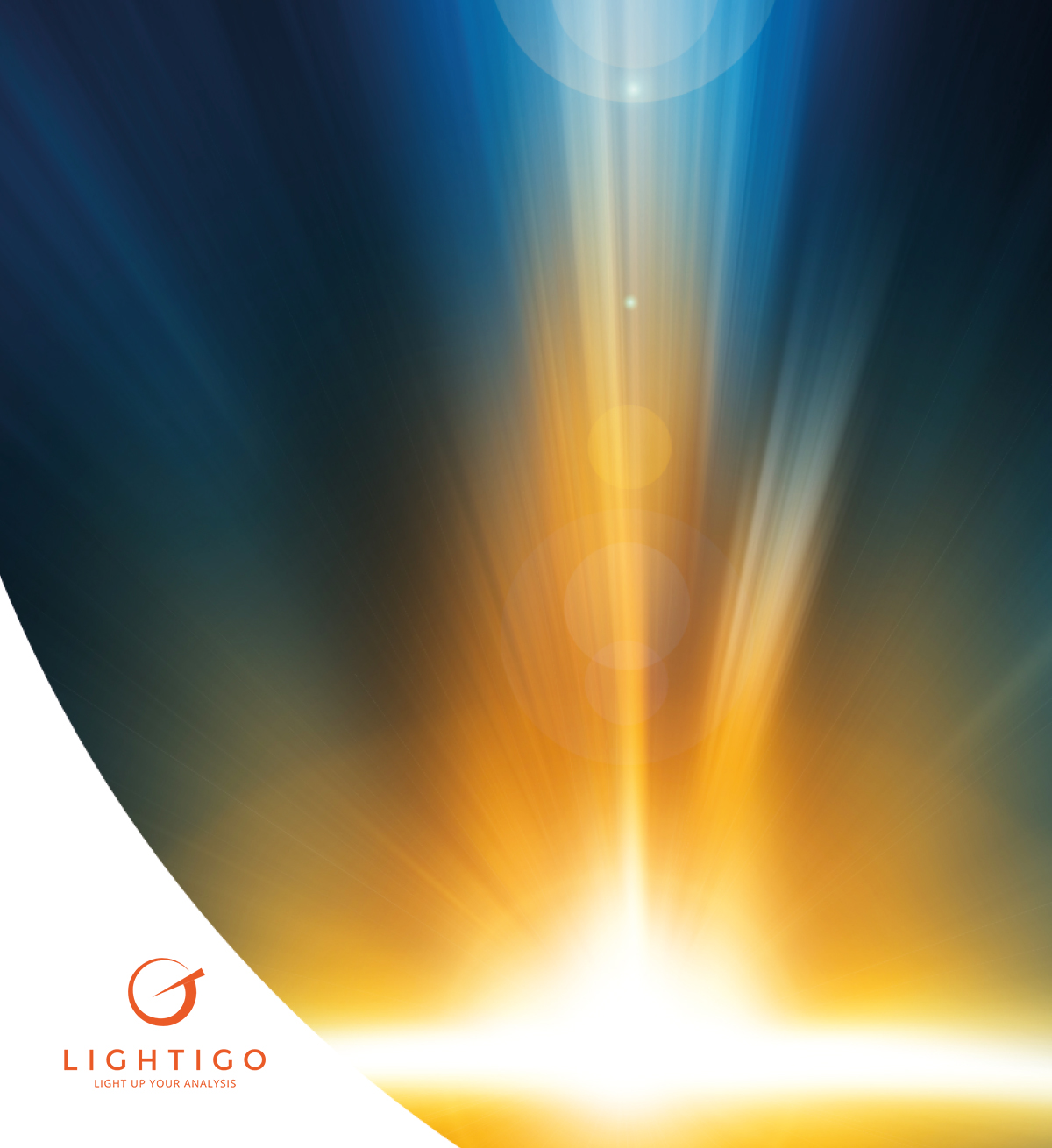
PHI GmbH expands its product portfolio – new cooperation with Lightigo.
We are very pleased to represent Lightigo in Germany, Austria and Switzerland. We are all very much looking forward to working with the company.
Lightigo is a developer and manufacturer of analytical instruments based on Laser-Induced Breakdown Spectroscopy, currently one of the most promising techniques in elemental analysis.
With Lightigo at our side, we have a new product for you in our portfolio, the FireFly.
FireFly is a rapid multi-elemental analysis and chemical imaging instrument. It employs Laser-Induced Breakdown Speectroscopy (LIBS), one of today’s most promising enelmental analysis techniques.
You can easily incorporate the key benefits of LIBS technology into your elemental analysis application using FireFly.
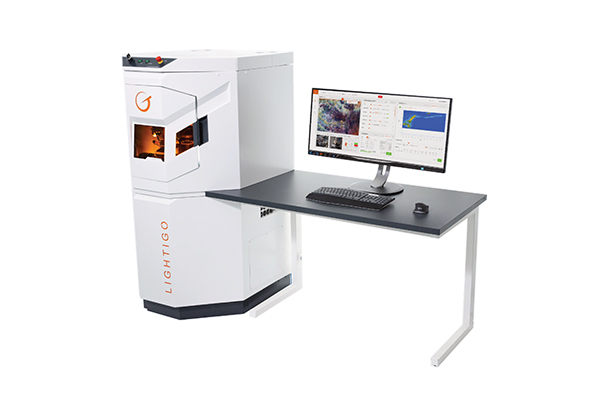
FireFly – Workhorse for fast elemental analysis
Lightigo’s mission is to accelerate the transfer of LIBS technology into the industrial market.
With the FireFly instrument, which uses LIBS technology, you can significantly improve performance in most areas where elemental analysis is required.
FireFly analysis is fast, saving valuable measurement time and reducing the overall duration of your sample processing. Make your analysis much more environmentally friendly with low running costs and no need for additional chemicals.
Your challenges
In addition, there are a growing number of areas where the capabilities of LIBS in the FireFly tool are critical and exceptional, such as gemstone analysis (validation, provenance determination), lithium analysis in ores, etc.
The flexibility of LIBS and the capabilities of FireFly offer solutions in many areas of research and industry.
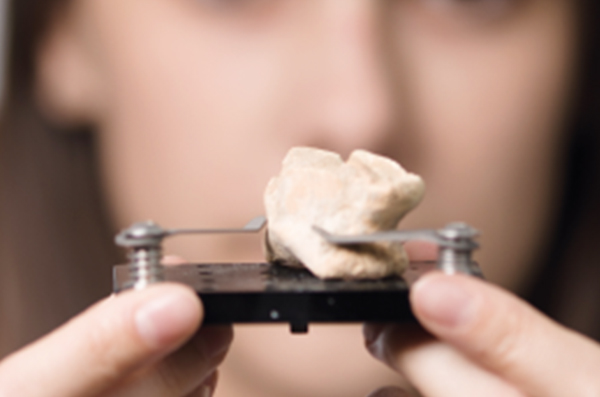
Application areas
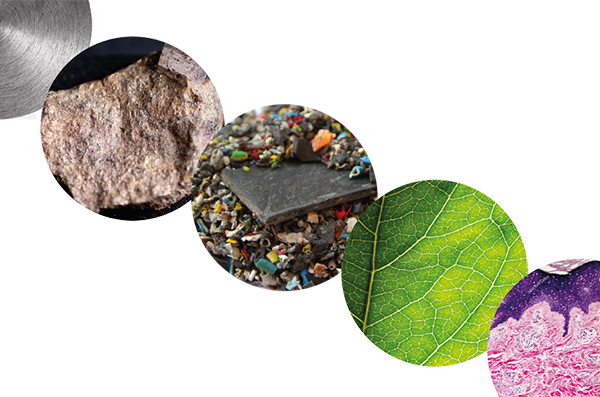

Chemical Imaging
A chemical image, also known as a chemical map, shows the distribution of the desired element in some region/area of the sample. The concentration or detected intensity of a given element is represented by the artificial color gradient thus creating the form of a map.
Speed
Measurement rate can reach up to kHz scale. You can get the results of the analysis in the fraction of second.
Spatial resolution
Small spot of the analysis enables chemical mapping with the spatial resolution of 10-100μm.
Resource-efficiency
No third party chemicals required. Only reasonable power consumption.
In-situ detection
Flexibility of the LIBS enables to built small portable systems or systems with tens of meters remote detection capability.
Elements coverage
Most of the chemical elements can be detected, including the light ones (Be, Li, C, Na, Mg, …).
Detection capability
Simultanous detection of all present elements with detection limits in order of 1-100 ppm.
How does LIBS work?
How does LIBS work?
LIBS in 3 steps
Efficient combination of Laser ablation and Atomic Emission Spetrctroscopy
LIBS is a contact-less qualitative and quantitative elemental analysis technique. It utilizes a high-energetic laser pulse for local atomization of the sample surface followed by the creation of a micro-plasma. This plasma is then analyzed by optical emission spectroscopy providing elemental analysis results.
LIBS is a very quick, flexible, and resource-efficient technique.
LASER ABLATION

Microplasma creation
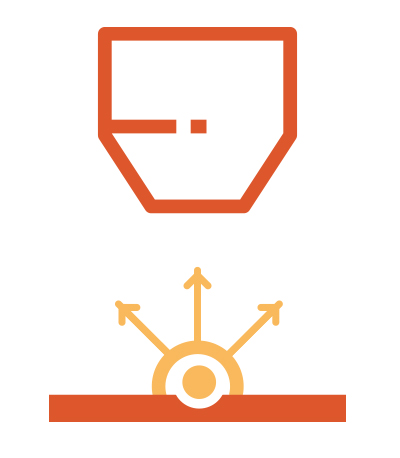
Elemental analysis
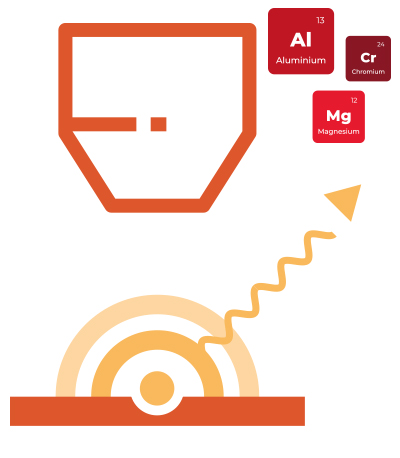
Current benefits of using laser-induced breakdown spectroscopy
One of the main advantages is the speed of the analysis.
You can get results in a fraction of a second. At the same time, the sampling frequency can be more than 1 kHz. This allows you to visualise the distribution of the different elements.
You do not need any special sample preparation the samples. The individual analysis gives you information about the entire element composition.
Also, capture the profile of multilayer materials. LIBS is sensitive to most elements in the chemical table, including light metals, which are problematic for some of the competing instruments.
